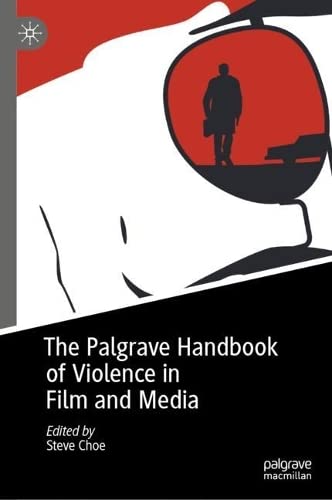

Most ebook files are in PDF format, so you can easily read them using various software such as Foxit Reader or directly on the Google Chrome browser.
Some ebook files are released by publishers in other formats such as .awz, .mobi, .epub, .fb2, etc. You may need to install specific software to read these formats on mobile/PC, such as Calibre.
Please read the tutorial at this link: https://ebookbell.com/faq
We offer FREE conversion to the popular formats you request; however, this may take some time. Therefore, right after payment, please email us, and we will try to provide the service as quickly as possible.
For some exceptional file formats or broken links (if any), please refrain from opening any disputes. Instead, email us first, and we will try to assist within a maximum of 6 hours.
EbookBell Team

4.7
96 reviewsThe chapters contained in this handbook address key issues concerning the aesthetics, ethics, and politics of violence in film and media. In addition to providing analyses of representations of violence, they also critically discuss the phenomenology of the spectator, images of atrocity in international cinema, affect and documentary, violent video games, digital infrastructures, cruelty in art cinema, and media and state violence, among many other relevant topics. The Palgrave Handbook of Violence in Film and Media updates existing studies dealing with media and violence while vastly expanding the scope of the field.
Representations of violence in film and media are ubiquitous but remain relatively understudied. Too often they are relegated to questions of morality, taste, or aesthetics while judgments about violence can themselves be subjected to moral judgment. Some may question whether objectionable images are worthy of serious scholarly attention at all. While investigating key examples, the chapters in this handbook consider both popular and academic discourses to understand how representations of violence are interpreted and discussed. They propose new approaches and raise novel questions for how we might critically think about this urgent issue within contemporary culture.